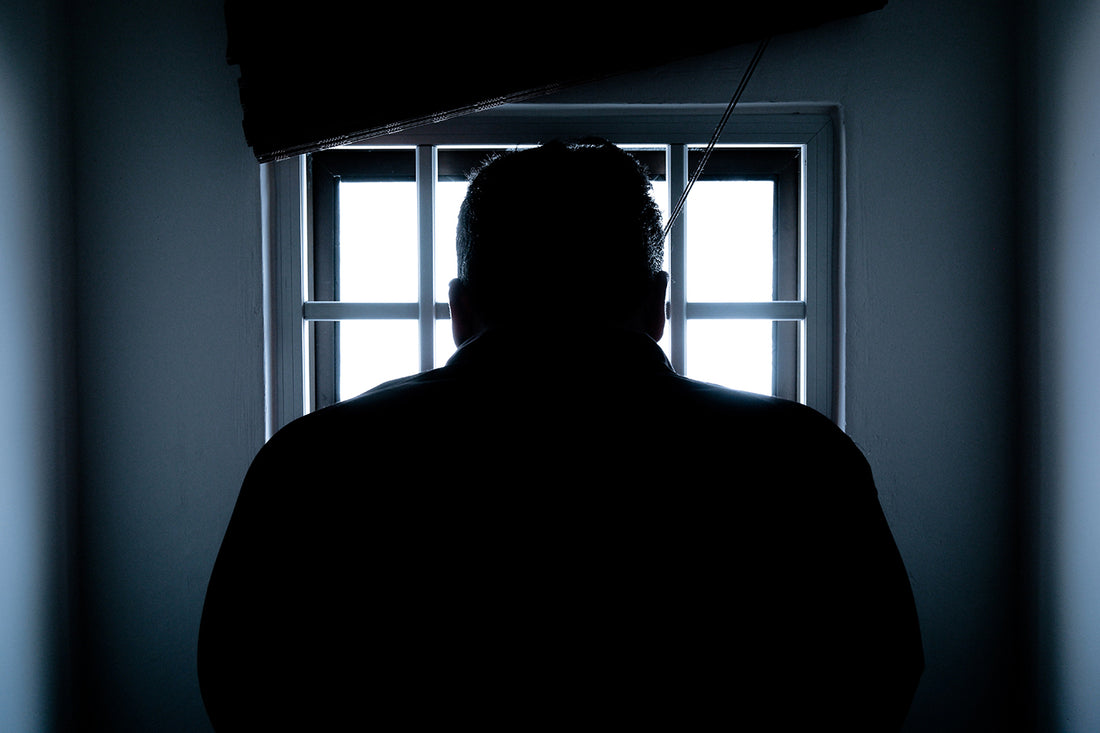The current system of incarceration for criminals, inmates, or individuals serving time has several significant inherent problems. One of the main issues lies in the lack of a clear and consistent terminology. We need to decide whether we refer to it as imprisonment, punishment, or corrections. The system is perceived as institutional because that is how it functions to serve its purposes.
A potential solution to address this problem could be to universally label these institutions as "healing institutions." By adopting this terminology, we may achieve greater success in the system's true intention – healing and rehabilitation. We should acknowledge that our aim is to heal individuals who have strayed from the right path. If someone does not wish to participate in the healing process, it becomes their responsibility, and we cannot force them to change.
However, we can still isolate those individuals from the rest of society to prevent further harm. Even in such cases, the system is, in a way, contributing to healing, as society itself benefits from this protection, but only if it is truly compassionate.
Ultimately, the key is to focus on healing rather than just punishment. By aligning our intentions with the goal of healing and rehabilitation, we can pave the way for a more effective and compassionate criminal justice system.
Meditation and breathing training are vitally missing components in the prison system, and their absence represents a significant oversight in addressing the needs of incarcerated individuals. While prisons primarily focus on security, punishment, and control, incorporating mindfulness practices like meditation and breathing training can have transformative effects on inmates' mental and emotional well-being, reducing recidivism rates, and promoting positive behavioral changes.
- Stress Reduction: Prisons are inherently stressful environments, both for inmates and staff. Meditation and breathing exercises offer powerful tools to manage stress, anxiety, and anger, which are prevalent emotions in such settings. By teaching inmates techniques to calm their minds and control their breath, they can better cope with the challenges they face daily, leading to a safer and more harmonious prison environment.
- Emotional Regulation: Many individuals in the prison system struggle with emotional regulation due to past traumas, negative experiences, and the volatile nature of prison life. Meditation fosters self-awareness and emotional intelligence, enabling inmates to recognize and manage their emotions in healthier ways. This newfound emotional regulation can prevent impulsive reactions and reduce conflicts both inside and outside the prison walls.
- Empowerment and Self-Reflection: Meditation encourages self-reflection, allowing inmates to confront the root causes of their actions and take responsibility for their behaviors. By promoting self-awareness and personal growth, meditation empowers individuals to break free from destructive patterns and make positive changes in their lives.
- Rehabilitation and Recidivism Reduction: The primary goal of incarceration should be rehabilitation, not just punishment. Meditation and breathing training can be valuable tools for supporting the rehabilitation process, as they address the mental and emotional aspects of an individual's life. Inmates who learn mindfulness practices are more likely to reintegrate into society successfully, reducing the likelihood of reoffending and contributing to the overall safety of the community.
- Coping with Trauma and Addiction: Many inmates have experienced trauma and struggle with addiction. Meditation has been proven effective in trauma-informed care, helping individuals process traumatic experiences and manage addiction cravings. By offering such resources, the prison system can address the underlying issues that may have led to criminal behavior.
- Personal Growth and Education: Providing meditation and breathing training in prisons encourages personal growth and introspection, fostering an environment that values self-improvement and education. Inmates can develop a sense of purpose and meaning, leading to a more positive outlook on life and a desire to contribute positively to society upon release.
- Reduced Violence and Hostility: Incorporating mindfulness practices can lead to a reduction in violence and hostility within prisons. As inmates learn to control their impulses and respond to conflict with greater understanding and compassion, the overall atmosphere in the correctional facility can become more peaceful and conducive to rehabilitation.
In conclusion, the absence of meditation and breathing training in the prison system is a missed opportunity to support the mental and emotional well-being of incarcerated individuals. By integrating these practices into correctional facilities, we can move closer to a system that prioritizes rehabilitation, personal growth, and positive behavioral change, ultimately leading to a safer and more humane society.
